
EL HUMANISMO Dante, Petrarca y Boccaccio El Mercurio salmantino
The standing figure in clerical garb is the humanist and classical scholar Francesco Petrarch (1304-74); to his right is Giovanni Boccaccio (1313-75), author of the Decameron. The figures at the far left are two authoritative commentators on their works, the humanist and man of letters Marsilio Ficino (1433-1499) and the platonic philosopher Cristoforo Landino (1424-1498/1504).

BOCCACCIO
Ugo Foscolo produced a series of influential essays on Dante that illuminates the discrepancies between Italian and European approaches to the medieval poet. Whereas other authors labelled Dante the first 'modern' in order to link the concerns of their age to those of Dante's, Foscolo sought instead to preserve Dante's otherness.

Gli Umanisti italiani Dante, Boccaccio e Petrarca al Teatro Osservatorio Camin Vattin
La difusión conocida de determinados textos de Dante, Petrarca y Boccaccio toma impulso, a partir de nuevas adaptaciones y traducciones, con el ascenso de la dinastía Trastámara. Su incorporación no será pasiva, sino que cobra sentido en un proceso de aculturación, infiltración y acomodación en las tradiciones literarias ibéricas, que se encuentran en transformación.
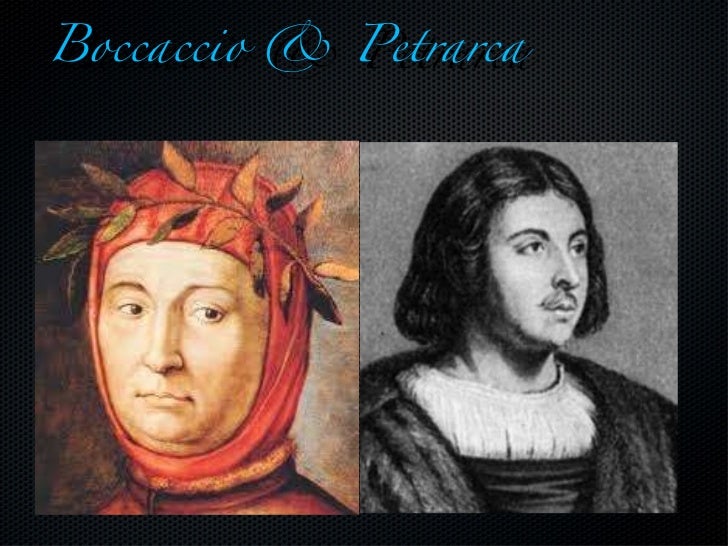
Boccaccio
This module aims to enable students to answer these questions and develop an informed understanding of the life, works and reception of the three major Italian authors in the Middle Ages. The module combines an historical introduction to Italian Medieval history and culture with the analysis of a selection of the most influential cultural.

Blink Activity BlinkLearning
Italian literature. In Italian literature: Boccaccio (1313-75) Life of Dante) and a commentary on the first 17 cantos of the Inferno ( Esposizioni sopra la Comedia de Dante [ Boccaccio's Expositions on Dante's Comedy ]). Boccaccio contributed to allegorical poetry with L'amorosa visione (written 1342-43; "The Amorous Vision").

Literatura renacentista breztny
2 Boccaccio and the Invention of Italian Literature Table 1 Contents of Current Chigi lv176 a. Boccaccio's Vita di Dante, the second version of the biography b. Dante's Vita nuova in Boccaccio's modified edition c. Cavalcanti's Donna mi prega, surrounded by Dino del Garbo's commentary d. Boccaccio's Latin poem Ytalie iam certus honos, dedicating the collection to Petrarch
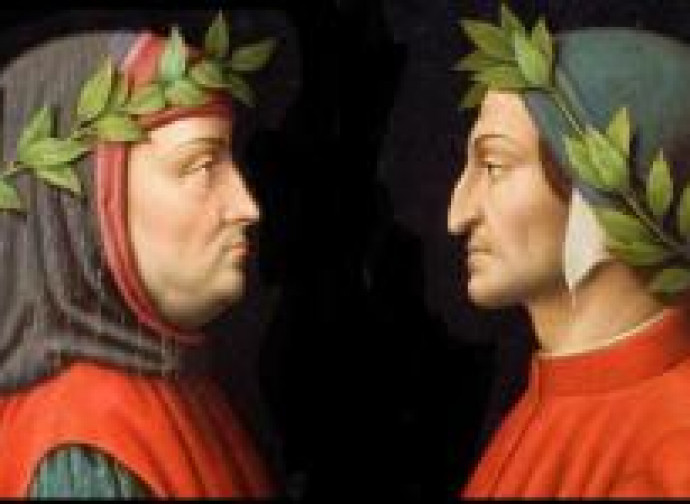
Dante e Petrarca un duello fra due giganti La Nuova Bussola Quotidiana
Book Hotel Now - Free Breakfast Available. Book Online Or By Phone. in Turin, Italy. Via San Pio V. Book Now.
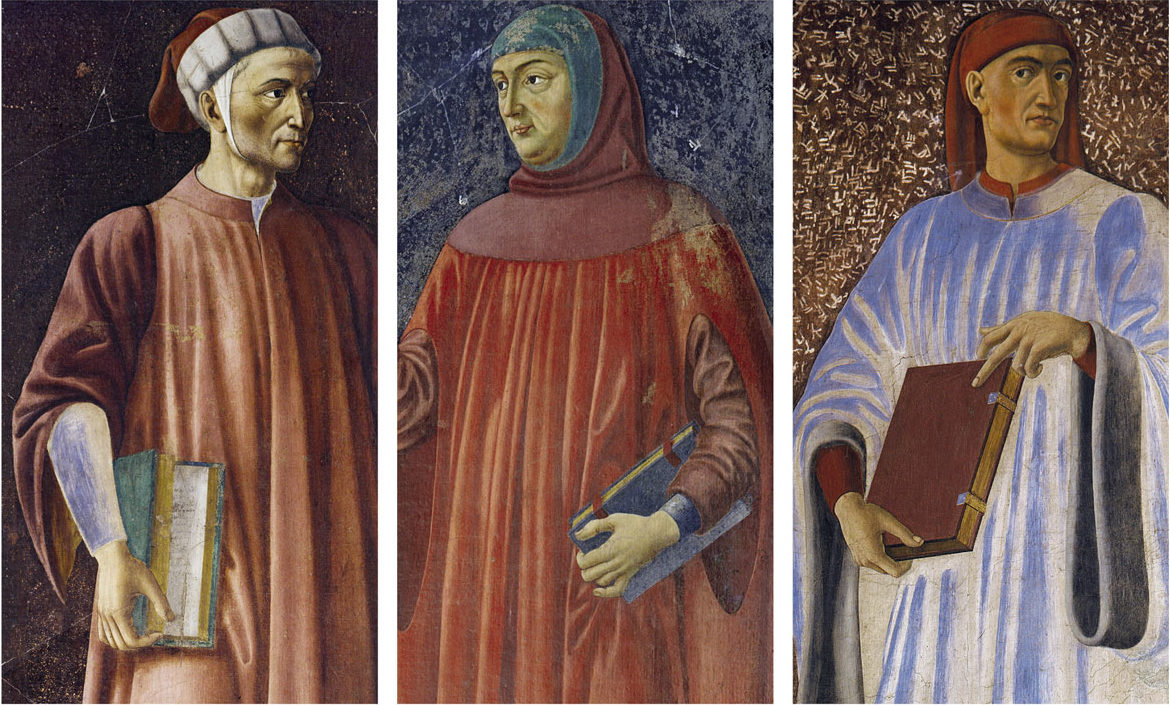
7 curiosità sulla lingua italiana La Tua Italia
Dante, Petrarch, and Boccaccio are sometimes called the three crowns of Italian Renaissance Literature and Poetry. They are often credited with giving the Italian Renaissance it's first stirrings. The contributions they have made are considered 'beginnings' of new and different projects: the art, literature, and philosophy of humanism, notably.

Dante, Petrarca e Boccaccio omaggio al piacere della lettura
Article Dante, Petrarch, Boccaccio, Studies in the Italian Trecento, In Honor of Charles S. Singleton, Ed. by A. S. Bernardo and A. L. Pellegrini, Binghamton, New York 1983 (Medieval and Renaissance Texts and Studies, Vol. 22), XXVIII, 366 S. was published on December 1, 1986 in the journal Deutsches Dante-Jahrbuch (volume 61, issue 1).

Los autores italianos son Dante Alighieri, Petrarca, Torquato Tasso, Ludovico Ariosto, y
Three of the most prominent figures in Italian Renaissance literature are Dante Alighieri, Francesco Petrarch, and Giovanni Boccaccio. Dante Alighieri, often referred to simply as Dante, is best known for his epic poem, The Divine Comedy. This monumental work is divided into three parts: Inferno, Purgatorio, and Paradiso.

Seis poetas toscanos por Vasari. Ficini, Landino, Petrarca, Boccaccio, Dante y
Boccaccio's quiet heart, the critic explains, is a pos- sible translation of the French nonchalance du salut, a label Blaise Pascal had used to characterize the spirit of Michel de Montaigne's Essais.38 Before Single- ton, Francesco De Sanctis had divided up the Middle Ages into two long time periods, the centuries of Dante, the Duecento and Trecento on the one hand, and those spanning.
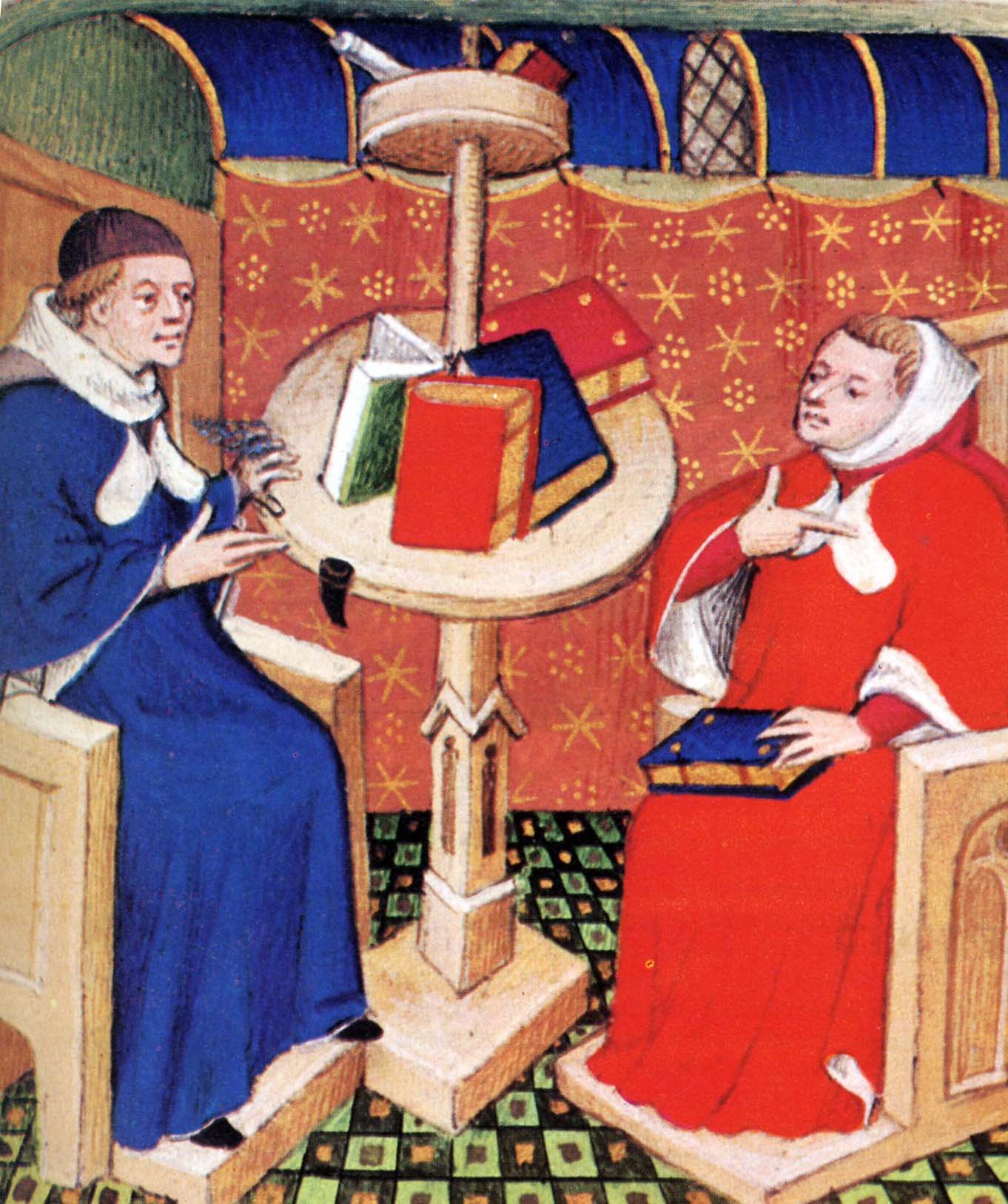
Giovanni Boccaccio Petite Plaisance Blog
Dante, Petrarch, and Boccaccio, the three crowns of Italian literature, dealt with literature, doctrine, and reality in distinct, yet also overlapping, ways. In this major collection of nineteen essays, Barański explores how they endeavoured to create and establish their authority and identity as writers, while developing new ideas about.

Dante, Petrarca e Boccaccio Letras UFRGS
Dante [Alighieri] Petrarch [Francesco Petrarca], [Giovanni] Boccaccio Volume 22 of Medieval & Renaissance Texts & Studies: Author: Charles Southward Singleton: Editors: Aldo S. Bernardo, Anthony L. Pellegrini: Edition: illustrated: Publisher: Center for Medieval & Early Renaissance Studies, State University of New York at Binghamton, 1983.
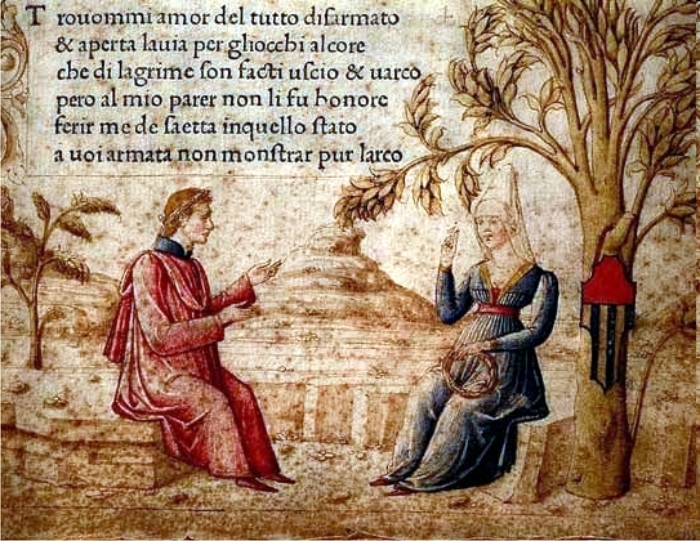
Francesco Petrarca y la batamanta de Boccaccio Jot Down Cultural Magazine
Dante and his Contemporaries. In discussions of Italian literature, Dante is usually grouped with his close contemporaries Giovanni Boccaccio (1313 - 1375) and Francesco Petrarca (1304 - 1374). Together, they are commonly referred to as the tre corone or Three Crowns, with Dante placed above the other two as Il sommo poeta : the Supreme Poet.
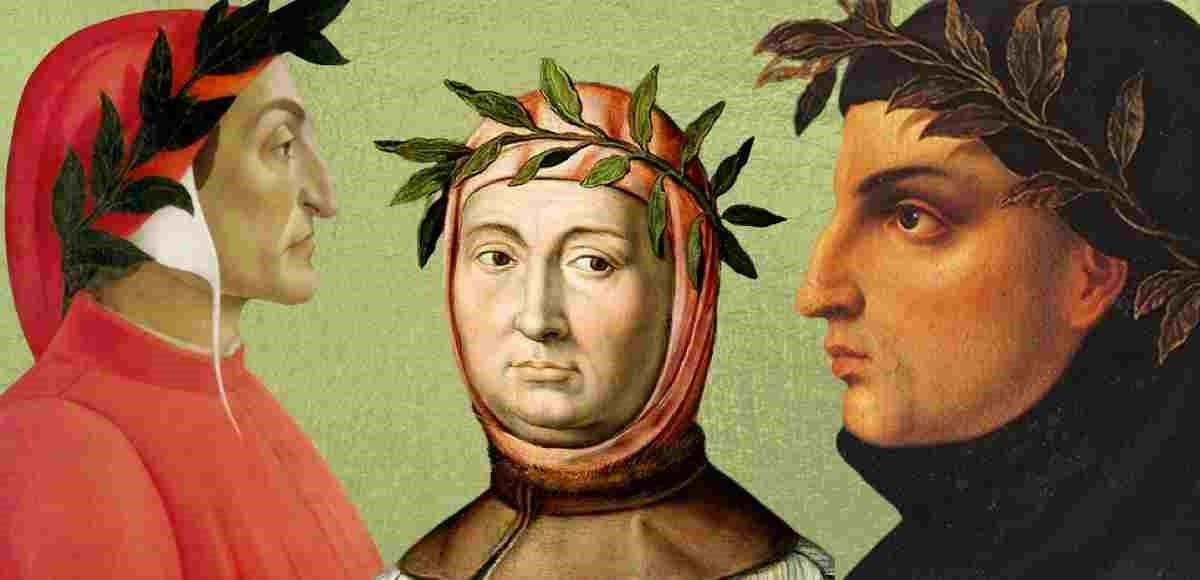
Perché Dante, Petrarca e Boccaccio sono i padri della letteratura italiana
Boccaccio is the author of just two works contained in the Chigian manuscript: his biography of Dante (1265-1321) and a Latin poem addressed to Petrarch (1304-74). But he is the compiler and scribe of the whole collection, which also includes Dante's autobiographical Vita nuova , fifteen of his long canzoni , and an early version of Petrarch's book of lyric poems.

PPT L’EVOLUZIONE DELLA LINGUA LATINA PowerPoint Presentation, free download ID2385597
Dante, Petrarch, and Boccaccio, the three crowns of Italian literature, dealt with literature, doctrine, and reality in distinct, yet also overlapping, ways. In this major collection of nineteen essays, Barański explores how they endeavoured to create and establish their authority and identity as writers, while developing new ideas about literature and its status in the world, and, especially.